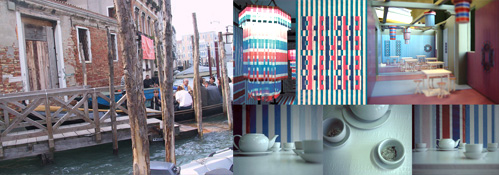
 |
| Home / About Venice Biennale |
|
|
In the 1930s, the institution became an autonomous body answering directly to the Italian government. This period saw the beginning of the Festival of Music (1930), the International Film Festival (1932) and the International Theatre Festival (1934)---all these exhibitions being accompanied by special events and retrospectives dedicated to artists from Italy and abroad. It was in this period that the Biennial became established as one of the major institutions for the organisation of events relating to the various areas of contemporary arts and culture. The political upheavals of 1968 affected the Biennial as well, which suspended some of its traditional activities. In 1973, the organisation was reformed, and since 1975 has also organised International Exhibitions of Architecture. On 23 January 1998, the law establishing the new statue for the Biennial was approved. The Biennial is La Biennale di Venezia as prestigious as the city which is its home. A special non profit-making foundation open to contributions from the private sector, it enjoys the support and backing of the Italian government and parliament, who have defined it by law as an organisation of national importance. The Biennial is visual arts, music, dance, architecture, cinema and theatre. It produces exhibitions and research projects in all these various disciplines, sometimes working in collaboration with other institutions and bodies. Inspired by the principles of freedom and open-mindedness behind artistic research, it also aims to promote the general public knowledge of the contemporary arts through such permanent projects as workshops and studio activities. The documentation of its main activities is contained in its own Contemporary Arts Archive---a key point of reference for the study and promotion of contemporary art. For details about the Venice Biennale, please click here.
|





